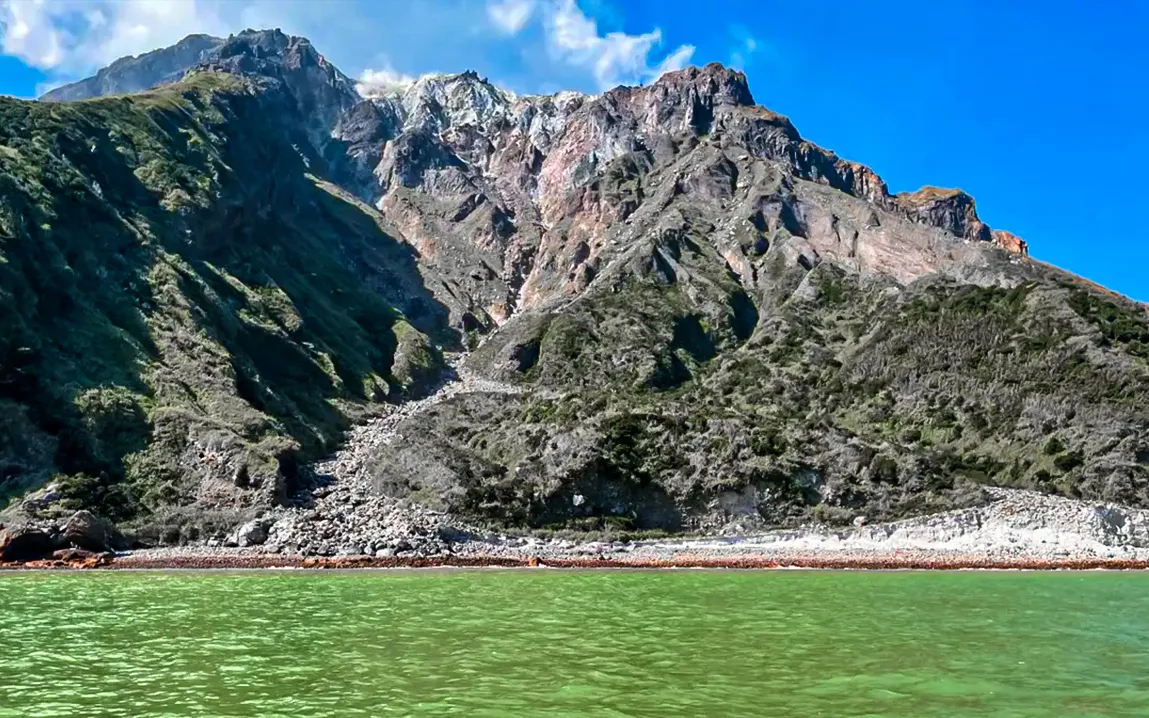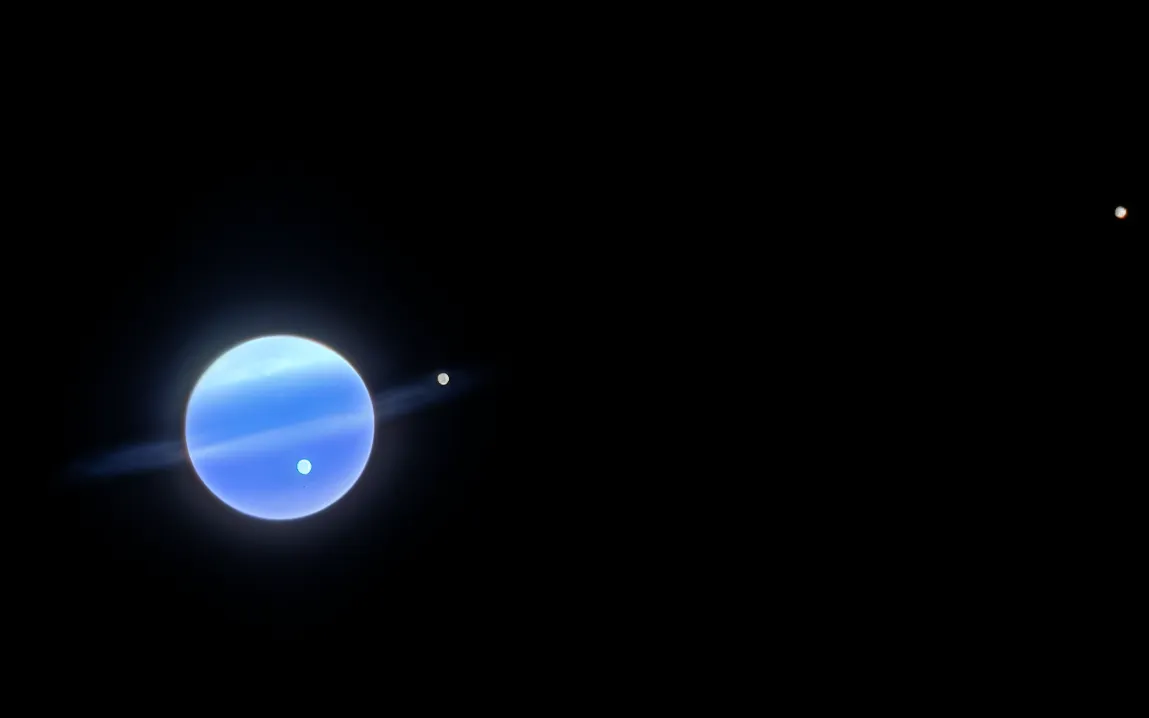Earth is famously known as the “pale blue dot,” with nearly 75% of its surface covered by oceans. However, according to new research published in Nature, that familiar blue wasn’t always the dominant color of our planet’s waters. Scientists from Japan have now proposed that Earth’s oceans may have appeared green billions of years ago and that ocean color might one day change again.
Ancient Oceans and Iron-Rich Waters
The new research is delving back into Earth’s early history, namely the Archean and Paleoproterozoic eras, or from approximately 3.8 to 1.8 billion years ago. During that era, the sole life on Earth were microscopic plants and animals, and the continents were desolate landscapes without complicated life. Chemical activity, in contrast, ruled the oceans.
At that time, Earth’s oceans and atmosphere contained no gaseous oxygen. Rainwater on the continents dissolved iron from rocks, which was carried into the oceans through rivers. Volcanic activity on the ocean floor also helped to make the water rich in iron. This iron was crucial in determining the chemistry and ultimately the color of ancient oceans.
Evidence From Japan’s Volcanic Waters
Scientists observed a striking contemporary equivalence in the iron-rich green waters around Iwo Jima, a Japanese volcanic island. High concentrations of oxidized iron (Fe[III]) in the waters impart their characteristic green color. Blue-green algae flourish in such iron-laden waters.
Blue-green algae, as their name suggests, are not actually algae but bacteria. They possess not only the usual chlorophyll pigment that allows photosynthesis, but also a second pigment known as phycoerythrobilin (PEB). This pigment is particularly good at absorbing green light.
To simulate how early algae would have worked in green oceans, the scientists genetically modified present-day blue-green algae with PEB and watched how they developed under green-light conditions. Consequently, the engineered algae thrived in green waters, indicating that early cyanobacteria evolved to photosynthesize well in iron-rich, green-colored oceans.
Computer Models and Ocean Chemistry
The computer simulations in the study also validate the theory: when oxygen was released into iron-contaminated waters, it reacted to create sufficient oxidized iron particles to actually change the color of the surface water to green.
Eventually, after all the iron in the oceans was oxidized, free oxygen started filling the atmosphere. The visible proof of this change can still be seen today in ancient banded iron deposits, layer-cake rocks with alternate bands of oxidized and reduced iron, indicating the fluctuations of Earth’s early atmosphere.
What This Means for Exoplanets and Our Future
One of the main conclusions from this study is that green oceans on planets would be an indicator of ancient photosynthetic life. “Pale-green dot” planets could be ideal candidates for hosting primitive oxygen-producing life, providing scientists with a new perspective to scrutinize far-off exoplanets.
But that’s not all in the past. The oceans on Earth may become colored again, depending on changes in chemistry and living organisms.
Oceans of the Future: Red, Purple, or Brown?
If levels of sulfur increased with stupendous volcanic eruptions, we might have purple oceans covered with sulfur bacteria. In areas of intense heat and UV radiation, as the sun ages and increases in brightness, purple sulfur bacteria would thrive in deeper, oxygen-less waters.
Red oceans are theoretically possible as well. For example, iron oxidized from rotting land rocks transported into the sea might stain the water reddish. Red algae, which are capable of forming “red tides,” could also take over in nutrient-rich coastal waters, particularly those contaminated with fertilizers.
There is even a likelihood of brown oceans in highly stratified or nutrient-rich environments where a combination of various pigments and decomposing organic material alters the color of surface waters.
As the Sun Evolves, So Will the Oceans
As Earth’s sun grows old, it will heat up, causing more evaporation, more intense UV radiation, and ultimately the complete evaporation of Earth’s oceans. Earlier than that, though, we can expect to see gradual changes in the ocean’s color and chemical composition, caused by life’s continuous minuet with the environment.
Though these alterations occur on a geological timescale, they remind us that nothing on our planet remains unchanged, not even the hue of the ocean.



